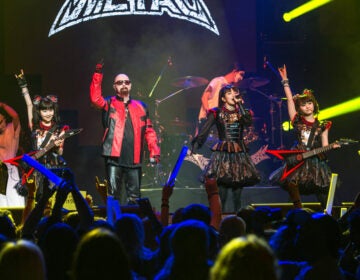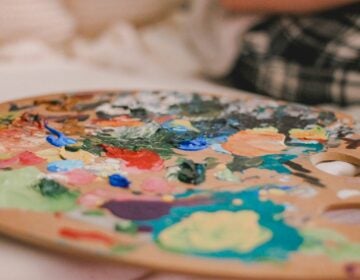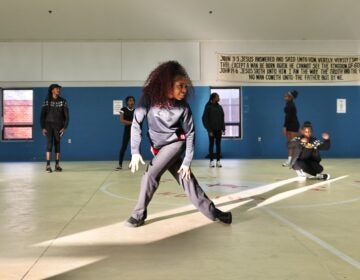Reading between the lines for gay history in 19th century America
-
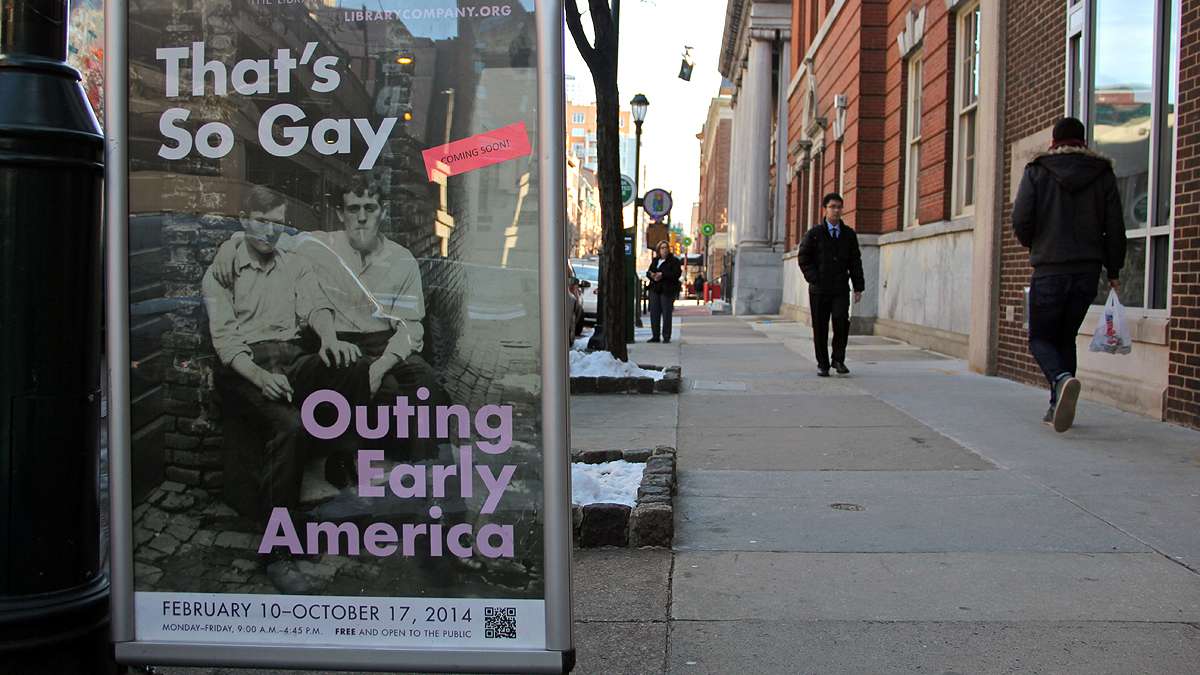
An exhibit at the Library Company of Philadelphia explores the early history of gayness in America. (Emma Lee/for NewsWorks)
-
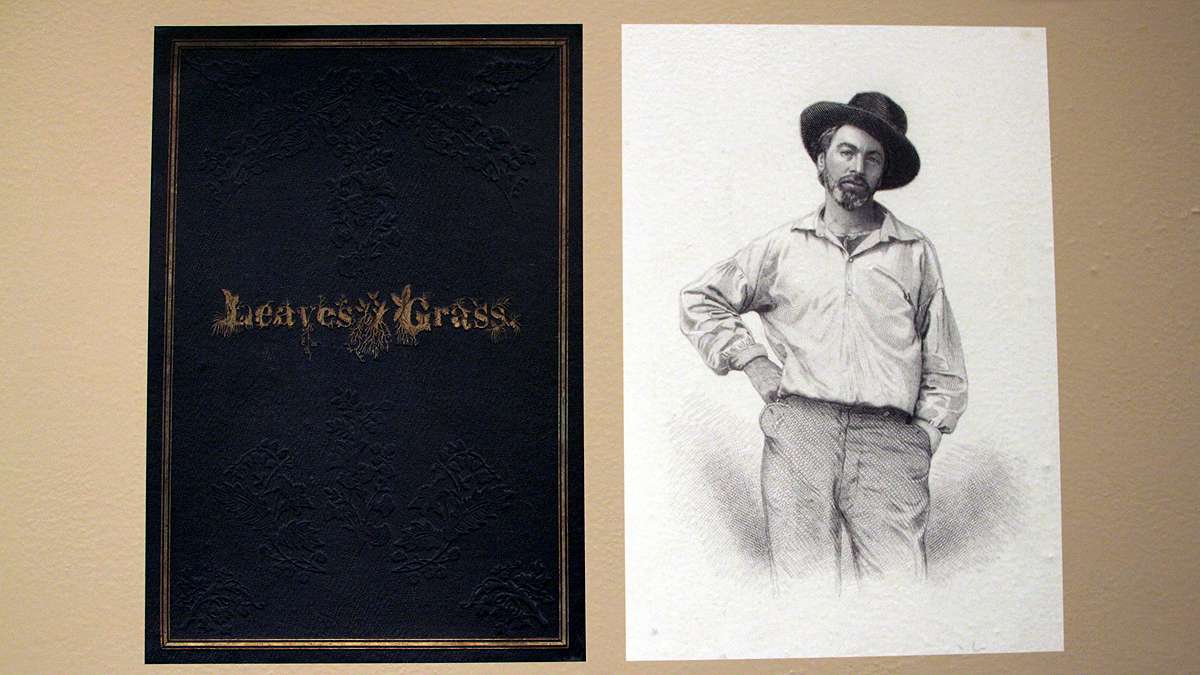
Walt Whitman's 'come-hither' portrait from Leaves of Grass stands in sharp contrast to the formal portraits of the time, according to curator Connie King. (Emma Lee/for NewsWorks)
-

Valentine's Day cards lampooning gender bending take on a twist in the context of The Library Company's new exhibit: That's So Gay. (Emma Lee/for NewsWorks)
-
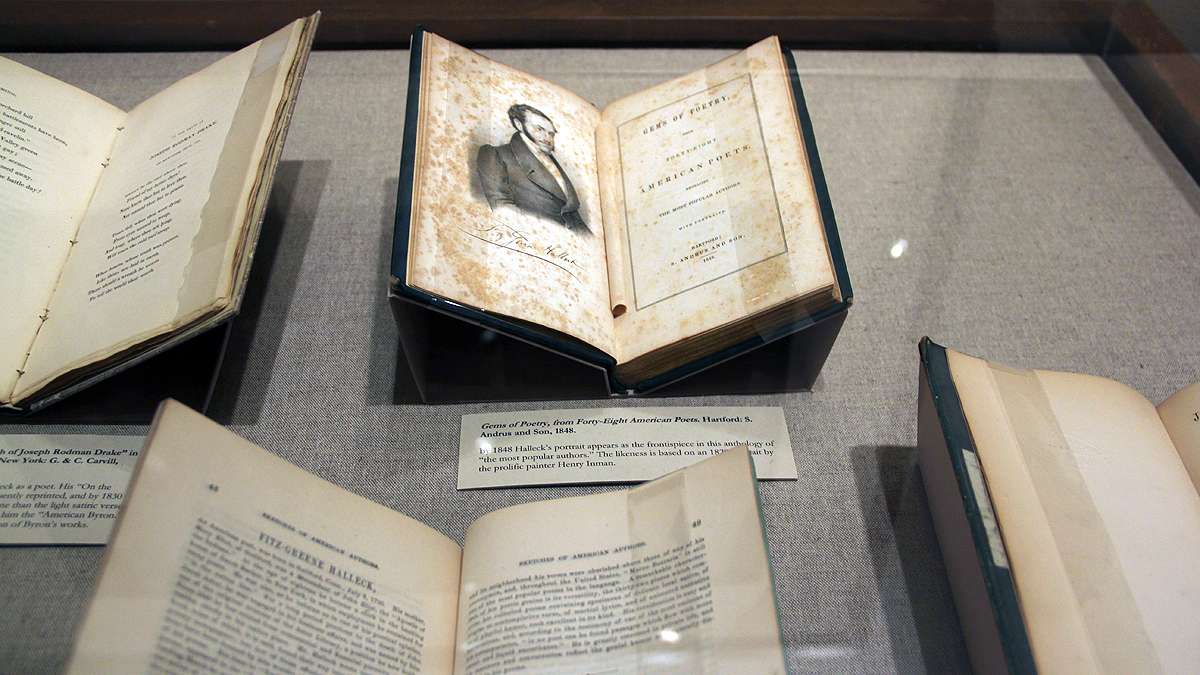
The relationship between Joseph Rodman Drake and Fitz-Greene Halleck, 'America's Byron,' in the mid-19th century is well documented in Halleck's writing. (Emma Lee/for NewsWorks)
-
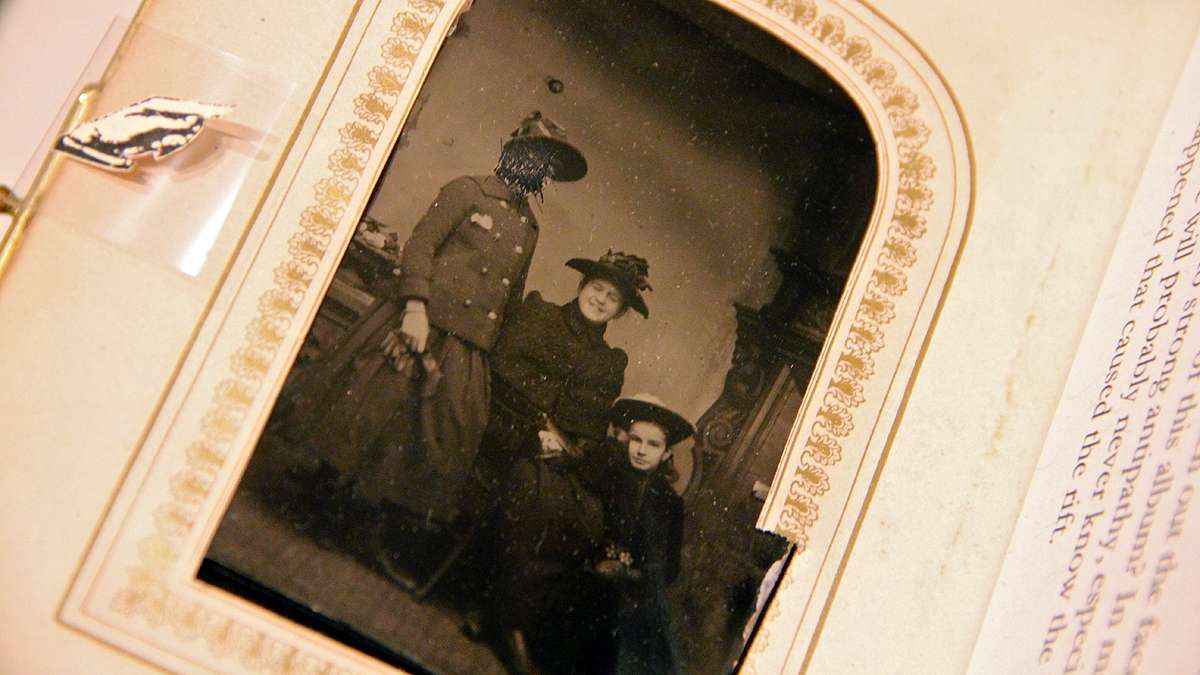
A woman's face is scratched out in a tintype from the 1890s, suggesting strong passions. (Emma Lee/for NewsWorks)
-
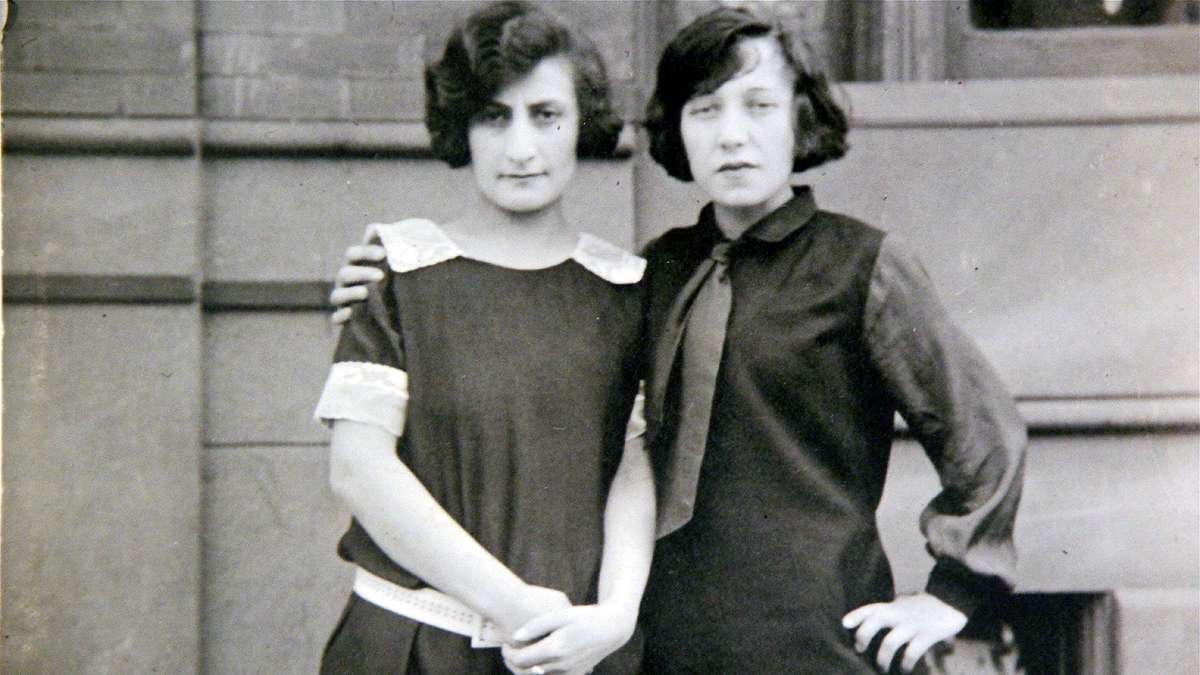
A woman wearing a necktie embraces another woman in an anonymous photo from the early 20th century. Is it gay? The Library Company of Philadelphia explores that question and others with a new exhibit. (Emma Lee/for NewsWorks)
-
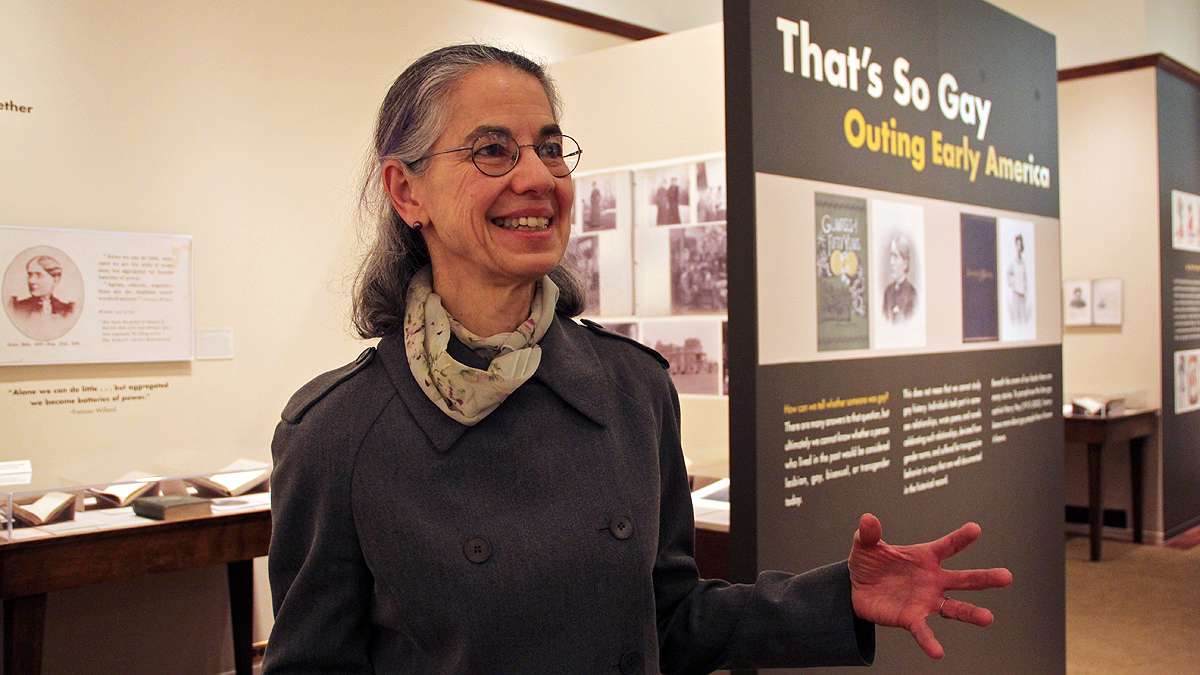
Curator Connie King combed the archives of the Library Company of Philadelphia for material suggestive of the early history of gayness in America. (Emma Lee/for NewsWorks)
The Library Company of Philadelphia has launched, “That’s So Gay: Outing Early America.” The exhibition suggests early 19th century America contained a spectrum of same-sex relationships and gender identifications.
But the Library Company, located in the heart of Philadelphia “Gayborhood” at 13th and Locust, did not find a rainbow flag in its collection. The terms “gay” and “lesbian” didn’t have their modern meanings then.
“Oscar Wilde famously said gayness was the love that dare not speak its name,” said curator Cornelia King. “I started thinking of gayness as the love doesn’t have a name, in this period.”
The show is made from a hundred books, pamphlets, photos, and illustrations from the Library’s 500,000-piece collection. It includes a first printing of Walt Whitman’s “Calamus” poems, in which he describes men’s relationships as “adhesive.”
It also features the story of Charlotte Cushman, an actress who became famous for playing men’s roles, and sculptor Harriet Hosman who made statues of heroic, historic women. The two remained unmarried, lived among other women in Rome in the mid-19th century, and were known as the “Jolly Bachelors.”
The selections are suggestive of same-sex relationships, but do not deliver definitive proof of sexual orientation. King says it is difficult to pinpoint gay behavior because there did not yet exist a language to describe it. So it must be inferred.
Take the case of two men named Fitz-Green Halleck and Joseph Rodman Drake. The two were the toast of New York for writing a series of witty, satirical poems for newspapers in 1819, under the pseudonym “Croker and Company.”
They were known to have an unusually close relationship, but that’s it.
“We do know they were members of a club in New York called The Ugly Club. The members were supposed to be beautiful — that was the twist on the name,” said King. “It sounds to me like there was a culture, a fabric in society that I characterize as homo-social.”
Drake broke up the band when he decided to get married. His longtime companion Halleck grew jealous, publicly.
“What he does is write ‘Fanny,’ which is this long poem — in spite — about Drake getting married,” said King, pointing to an original printing on display. “He makes fun of Drake’s wife, implies Drake only marries her because her father has money. It becomes a publishing sensation.”
When Drake dies a short time later, in 1820, Herrick wrote another poem in praise of his friend, and of intimate relationships between men, generally.
This exhibition will be on display until October, and anticipates a much larger yet unnamed exhibition planned for next year. It will mark the 50th anniversary of landmark gay-rights demonstration that took place at Independence Mall, in 1965.
WHYY is your source for fact-based, in-depth journalism and information. As a nonprofit organization, we rely on financial support from readers like you. Please give today.



